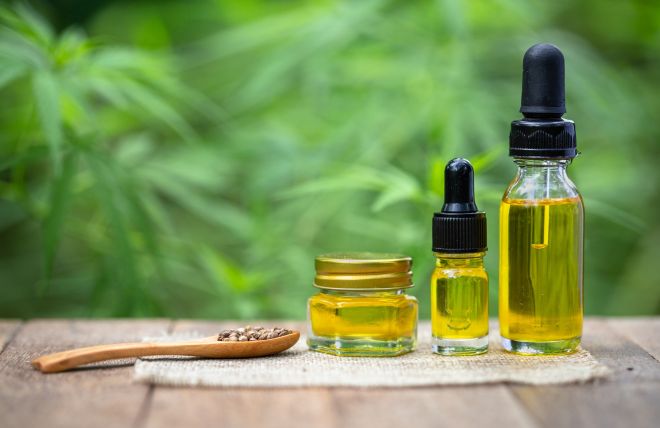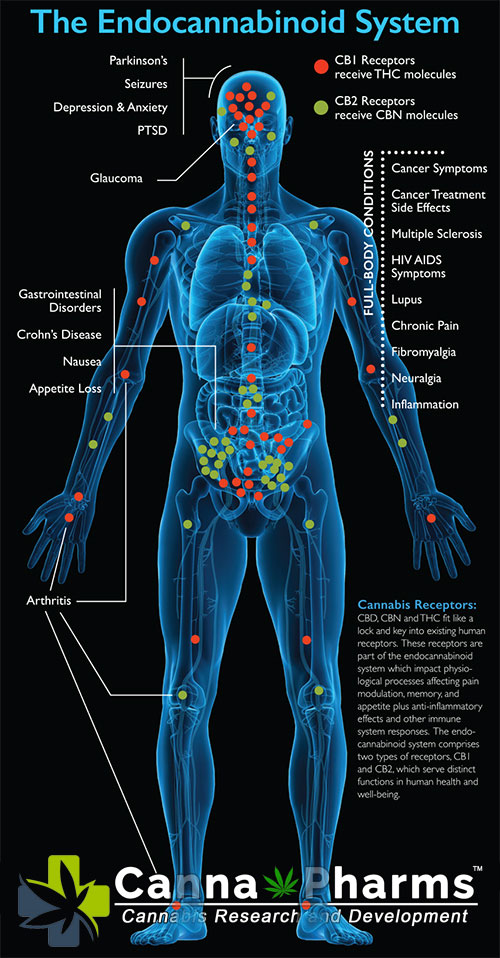The burgeoning hemp industry has flooded the market with a plethora of "off-the-shelf" hemp oils, often lauded for their potential health benefits. However, a critical assessment reveals a significant limitation: the often haphazard and inconsistent cannabinoid profiles of these products frequently fail to deliver targeted therapeutic benefits compared to tailored formulations. This paper argues that the inherent variability in cannabinoid ratios, particularly with regard to minor cannabinoids, in off-the-shelf hemp oil renders them inadequate for effectively treating specific illnesses.
I. The Cannabinoid Symphony: Beyond CBD and THC
While cannabidiol (CBD) and tetrahydrocannabinol (THC) are arguably the most well-known cannabinoids, the hemp plant boasts a complex phytochemistry, encompassing over 100 different cannabinoids. These minor cannabinoids, including cannabigerol (CBG), cannabinol (CBN), cannabichromene (CBC), and various tetrahydrocannabinolic acids (THCAs), possess distinct pharmacological properties and interact synergistically with CBD and THC, a phenomenon known as the "entourage effect." This intricate interplay is crucial for achieving targeted therapeutic outcomes.
- CBG: Shows promise as an anti-inflammatory, antibacterial, and neuroprotective agent.
- CBN: Often associated with sedative effects and may be beneficial for sleep disorders.
- CBC: Exhibits anti-inflammatory, analgesic, and antidepressant properties.
- THCA: Possesses anti-inflammatory and neuroprotective properties without the psychoactive effects of THC.
Each of these cannabinoids interacts with the endocannabinoid system (ECS) and other biological pathways in unique ways, contributing to a multifaceted therapeutic response.
II. The Variability of Off-the-Shelf Hemp Oil: A Proportionality Problem
The primary limitation of off-the-shelf hemp oil lies in its inconsistent and often non-optimized cannabinoid profiles. This stems from several factors:
- Genetic Variation of Hemp Cultivars: Different hemp strains possess varying natural cannabinoid profiles. Unless carefully selected and cultivated, hemp used for mass-produced oil may yield inconsistent ratios of CBD, THC, and minor cannabinoids.
- Extraction and Processing Methods: The chosen extraction method (e.g., CO2, ethanol, hydrocarbon) and subsequent processing steps can significantly alter the cannabinoid profile. Some methods may selectively extract certain cannabinoids while leaving others behind, ultimately distorting the natural ratios.
- Lack of Standardized Cultivation and Processing: In the absence of strict regulations and standardized practices, the cultivation and processing of hemp can be highly variable. Factors like soil composition, growing conditions, and storage techniques can all influence the final cannabinoid composition of the oil.
- Limited Consumer Education: Many consumers are unaware of the importance of minor cannabinoids and their potential synergistic effects. They often focus solely on CBD content, leading manufacturers to prioritize CBD over a balanced cannabinoid profile.
Consequently, off-the-shelf hemp oil often presents an imbalanced cannabinoid profile, typically dominated by CBD with negligible or unpredictable levels of minor cannabinoids. This lack of proportionality undermines the potential for the entourage effect and reduces the likelihood of achieving targeted therapeutic benefits.
III. The Need for Tailored Cannabinoid Formulations: Precision Medicine with Hemp
For effectively treating specific illnesses, a more nuanced approach is required, akin to "precision medicine" with hemp. This involves tailoring cannabinoid formulations to address specific needs and target specific disease pathways, taking into account:
- Targeted Therapeutic Goals: Different ailments require different cannabinoid ratios. For instance, anxiety might benefit from a CBD-dominant blend with moderate CBN, while chronic pain might require a more balanced blend with CBD, CBG, and THCA.
- Individual Variability: Individuals respond differently to various cannabinoids due to genetic factors, ECS sensitivity, and pre-existing health conditions. Tailoring formulations to individual needs can optimize therapeutic outcomes and minimize potential side effects.
- Scientific Evidence and Clinical Trials: Rigorous scientific research and clinical trials are crucial for identifying optimal cannabinoid ratios for specific conditions. These studies can inform the development of evidence-based formulations with predictable and reliable therapeutic effects.
This personalized approach necessitates the development of cannabinoid formulations with precisely controlled and optimized ratios of minor cannabinoids, a level of precision that is simply not achievable with mass-produced off-the-shelf hemp oil. This is where specialized medical cannabis products and customized compounding pharmacies can potentially bridge the gap, offering formulations tailored to individual needs and backed by scientific evidence.
IV. The Regulatory Landscape and Future Directions
The current regulatory landscape surrounding hemp-derived products remains fragmented and evolving. Stricter regulations are needed to ensure standardization in cultivation, processing, and product labeling. This includes:
- Mandatory Cannabinoid Profiling: All hemp-derived products should be required to undergo comprehensive cannabinoid profiling, clearly listing the concentration of CBD, THC, and all major minor cannabinoids.
- Standardized Extraction and Processing Protocols: Establishment of standardized extraction and processing protocols would minimize batch-to-batch variability and ensure consistent cannabinoid profiles.
- Education and Transparency: Public education about the importance of minor cannabinoids and the entourage effect is crucial for empowering consumers to make informed choices.
- Support for Research and Development: Increased investment in research and development is needed to further elucidate the therapeutic potential of minor cannabinoids and develop evidence-based cannabinoid formulations.
V. Conclusion
While off-the-shelf hemp oil may offer some general wellness benefits, its inconsistent and often imbalanced cannabinoid profiles render it inadequate for effectively treating specific illnesses. The lack of proportionality in cannabinoid ratios, particularly with regard to minor cannabinoids and their synergistic effects, significantly undermines the potential for targeted therapeutic outcomes. A shift towards precision medicine with hemp, characterized by tailored cannabinoid formulations based on individual needs and scientific evidence, is essential for unlocking the true therapeutic potential of this versatile plant. Enhanced regulation, increased research, and improved consumer education are crucial for paving the way for a future where cannabinoid therapy is more precise, reliable, and effective.





